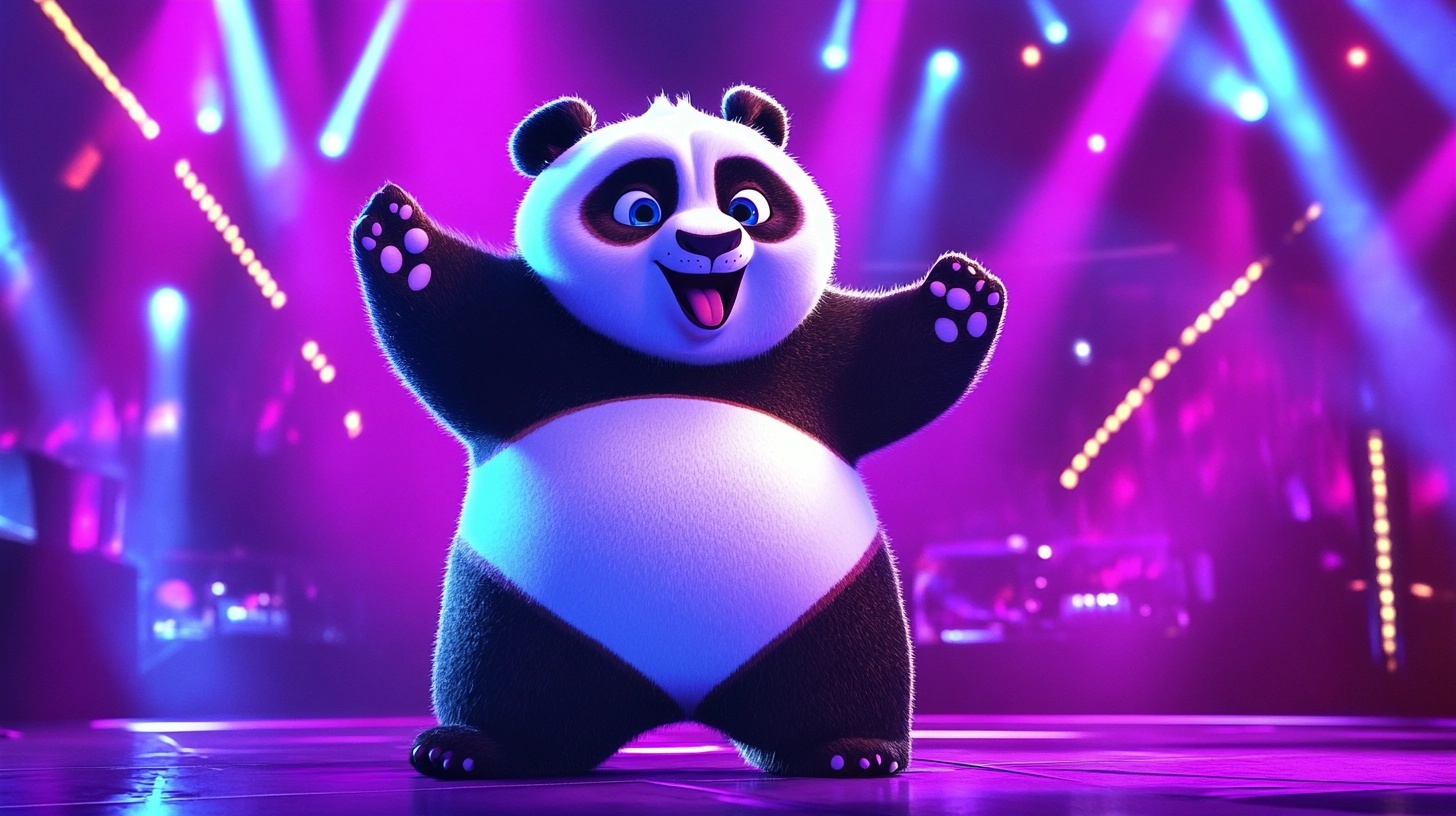Code
import pandas as pd
import numpy as np
import matplotlib.pyplot as plt
# Load the dataset
url = "https://github.com/Spijkervet/eurovision-dataset/releases/download/2020.0/contestants.csv"
eurovision_df = pd.read_csv(url)Eurovision Data Analysis Exercise

In this exercise, you’ll analyze Eurovision Song Contest data using pandas. You’ll practice grouping, joining, and date manipulation techniques to explore trends in the contest’s history while building your data analysis skills.
First, import the necessary libraries and load the dataset:
Display the first few rows of the dataset.
Check the data types of each column.
Identify and handle any missing values.
Convert the ‘year’ column to datetime type.
Use .copy() to make sure you create a new dataframe and not just a view.
.hist() command.Find the top 10 countries with the most Eurovision appearances (use the entire dataset for this calculation)
Calculate the average final points for each country across all years. Make a simple bar plot of these data.
Use value_counts() for counting appearances and groupby() for calculating averages.
When working with time series data, it’s often useful to group years into larger intervals like decades, 5-year periods, etc. Here’s a general approach using pandas:
For decades (10-year intervals):
For any N-year interval:
For more specific date ranges:
Remember: - // is integer division (rounds down) - Multiplying by the interval after division ensures the start year of each group
These methods create a new column that you can use with groupby() for aggregations across your chosen time intervals.
Ensure that country names match exactly between the two dataframes before joining.
Calculate total entries per capita by country.
Substeps:
3a. Create a new dataframe containing the counts of entries for each county (use value_counts)
3b. Merge the dataframe of counts of entries for each country with the population dataframe.
3c. Calculate entries per million population (using entries per million to make the numbers easier to work with)
3d. Sort the results by entries per capita
3e. Print the top 10 values
Plot the trend of maximum final points awarded over the years.
Identify any significant changes in the scoring system based on this trend.
(This step simply requires visual interpretation of the plot, but perhaps you could explore if there are actual rules changes underlying observed patterns using google)
Come up with your own analysis of the Eurovision data that reveals some pattern across the data or through time. Feel free to discuss your ideas with others; often this leads to new ideas or refinement of ones you are already working on.
Now that you’ve completed the Eurovision data analysis exercise, it’s time to reflect on your experience. Add a new markdown cell to your notebook and answer the following questions:
Grouping Operations: Which grouping tasks felt most natural to you? How did breaking complex operations into individual steps help your understanding?
Data Joining: What challenges did you encounter when merging the Eurovision and population datasets? How did the step-by-step approach help?
Date Manipulation: How comfortable did you feel working with the datetime operations (like creating decades)?
Visualization with matplotlib: How did creating plots help you understand the patterns in the data?
Real-world Applications: How could you apply these grouping, joining, and date manipulation skills to environmental data science problems?
Most Interesting Discovery: What was the most surprising pattern you found in the Eurovision data?
Tomorrow we’ll learn about advanced visualization with seaborn, which will allow you to create even more sophisticated plots to explore patterns in your data!
Remember, breaking complex operations into clear steps makes your code more readable and helps you debug problems more easily - both crucial skills for data scientists!
Remember to document your code, explain your reasoning, and interpret the results of your analysis throughout the exercise.